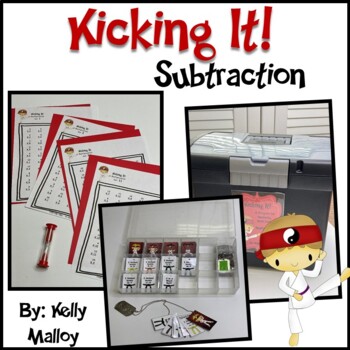
When people meet me and find out that not only am I a teacher, but I am a mom of 6 boys, a city council member, a blogger, a Teachers Pay Teachers product creator, and a drama teacher, they always ask me the same question. Where do you find the time?
The ugly truth is that I didn't always "find the time" and more often than I would like to admit, I dropped a ball or two as I tried to juggle this crazy thing we call life!
The ugly truth is that I didn't always "find the time" and more often than I would like to admit, I dropped a ball or two as I tried to juggle this crazy thing we call life!
Luckily, I found this amazing book, The Together Teacher that really helped me to get my life in order (and feel like I still have one despite my hectic schedule). And although I have read the book several times (my book is embarrassing to look at!), I am going to go through it again this summer. As I do, I want to host an informal, yet structured Together Teacher Book Club on the blog, and I would love for you to join me!
Interested, if so, here is my proposal:
Using the book, we will focus together on organizing the following areas of our teacher lives:
o Weekly Worksheets
o Email Management
o Paper Management
o Daily and Weekly Routines
o Meeting Notes
There will be some suggested pre-reading questions to think about as you read. We will focus on one chapter per week and will have several giveaways of products to help you get and stay organized! If you have a blog, you can post on each chapter and link up, or you can just read and learn. You can learn more about the author and the book here.
I’m also looking for co-hosts for the duration of the book study. Being a co-host is simple… you sign up to host a chapter, post your thoughts, provide a linky for the giveaway and for others to add their posts. You don’t have to donate a prize, but you are more than welcome to if you would like.
The book study starts on July 23rd.. so you've got plenty of time to grab a copy of the book and get reading! Even better, you can win a copy of the book by entering the Rafflecoptor below. I'm also offereing a choice of any product from my TpT store to the winner as well.
Interested, if so, here is my proposal:
Using the book, we will focus together on organizing the following areas of our teacher lives:
o Weekly Worksheets
o Email Management
o Paper Management
o Daily and Weekly Routines
o Meeting Notes
There will be some suggested pre-reading questions to think about as you read. We will focus on one chapter per week and will have several giveaways of products to help you get and stay organized! If you have a blog, you can post on each chapter and link up, or you can just read and learn. You can learn more about the author and the book here.
I’m also looking for co-hosts for the duration of the book study. Being a co-host is simple… you sign up to host a chapter, post your thoughts, provide a linky for the giveaway and for others to add their posts. You don’t have to donate a prize, but you are more than welcome to if you would like.
The book study starts on July 23rd.. so you've got plenty of time to grab a copy of the book and get reading! Even better, you can win a copy of the book by entering the Rafflecoptor below. I'm also offereing a choice of any product from my TpT store to the winner as well.
“The Together Teacher” Series
Make you you are following me on Bloglovin' to follow all the updates! This series will help you get organized (enough) to be a more effective teacher. You will find clear advice, and step-by-step actions for building habits, finding tools that work for you, and creating space to become a "Together Teacher". We will explore the key routines of Together Teachers - how they plan ahead, organize both work and their classrooms, and how they spend their free time. We'll explore real teacher to-do lists, calendars, classroom photos, and more!



































